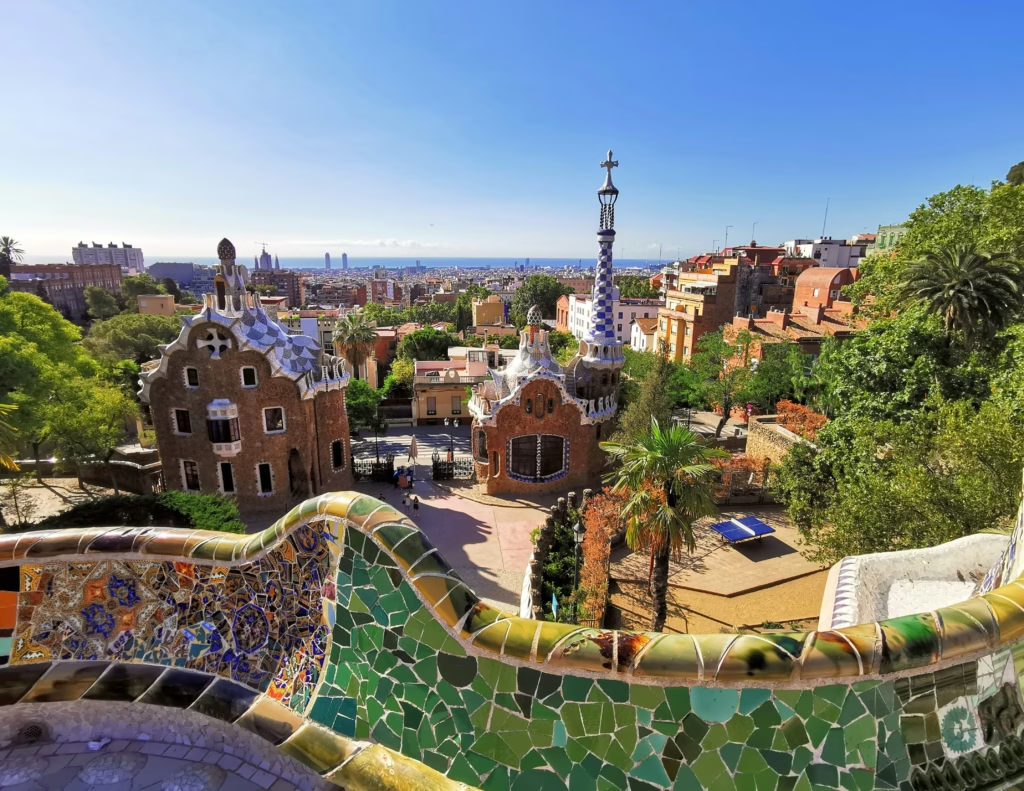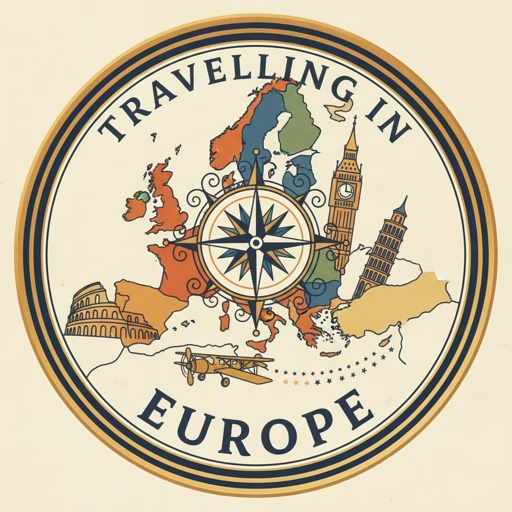Why You Should Visit Barcelona, Spain

Barcelona is a city that seems custom-built for postcards: golden beaches on one side, Gothic spires and Gaudí mosaics on the other, and tapas bars tucked into every street in between. It is at once a Mediterranean seaside playground, a historic Gothic capital, and a modern megacity pulsing with art, nightlife, and a culinary scene so good you’ll want to pack an extra stomach.
If you’re debating where your next city escape should be, allow Barcelona to win your heart — and maybe even your waistline.
Getting There: Planes, Trains, and Iberian Charm
By Air: Budget Airlines Galore
Barcelona El Prat Airport (BCN) is Spain’s second-busiest airport, and lucky for travelers, it’s well served by budget airlines. Carriers like Ryanair, easyJet, Vueling, Wizz Air, Eurowings, and others regularly zip into BCN, often from every corner of Europe. High-season flights are plentiful, but if you’re bargain hunting, book early — spontaneous decisions can be expensive when sangria is calling.
By Train: Easy Escapes
Spain’s sleek high-speed AVE trains make Barcelona incredibly well connected.
- Madrid: just 2.5–3 hours away.
- Valencia: about 3 hours.
- Zaragoza: around 1.5 hours.
- Paris: yes, even the French capital is reachable in roughly 6.5 hours on direct trains.
For a city this buzzing, it’s refreshing how easy it is to hop off elsewhere when your hangover demands quieter air.
Barcelona Through the Ages: A Short, Dramatic History
Barcelona began as a Roman settlement (you can still stroll through ruins in the Gothic Quarter). By the Middle Ages, it grew into a Mediterranean trading powerhouse. Later, Catalonia’s distinctive culture and language flourished, surviving wars, dictatorships, and the occasional football heartbreak. Today, Barcelona feels like a city both fiercely modern and deeply historical — a place where a Gaudí dragon can sit next to a 14th-century church without anyone batting an eye.
Sights You Can’t Miss
- La Sagrada Família: Antoni Gaudí’s unfinished basilica — part spaceship, part cathedral, entirely breathtaking. Book tickets online weeks in advance; lines can stretch longer than a Spanish lunch break.
- Park Güell: Gaudí’s kaleidoscopic park with mosaics, whimsical benches, and panoramic city views. Ticketed areas fill fast; prebook online.
- Gothic Quarter (Barri Gòtic): Medieval alleys, hidden squares, and Gothic architecture — perfect for getting delightfully lost.
- La Rambla: Barcelona’s most famous boulevard. Touristy, yes. Worth a stroll, also yes. Just mind your wallet.
- Casa Batlló & Casa Milà (La Pedrera): Gaudí’s surreal townhouses that redefine what “architecture” can be.
- Montjuïc Hill: Cable car views, museums, gardens, and the Magic Fountain light show.
- Beaches: Barceloneta for bustle, Nova Icaria for families, and Bogatell if you prefer a bit more breathing space.
Pro Tip: Timing Is Everything
Visit Sagrada Família or Park Güell in the morning before crowds descend. For La Rambla, evenings are safer (and livelier).
Culinary Paradise
Barcelona is one of Europe’s great food cities. You’ll need discipline, or elastic waistbands.
- Tapas & Pintxos: Small plates that range from patatas bravas to anchovy-stuffed peppers. Order several, share everything.
- Seafood: Paella and fideuà (paella’s noodle cousin) are best enjoyed seaside with a jug of sangria.
- Markets: La Boqueria Market is a sensory overload — fresh juices, jamón ibérico, and stall after stall of edible temptation.
- Fine Dining: Barcelona boasts Michelin-starred temples like Lasarte and ABaC for those ready to splurge.
- Mid-range: Trendy bistros in El Born and Eixample neighborhoods strike the balance of stylish and affordable.
- Budget bites: Grab a bocadillo (sandwich) or street tapas for cheap but satisfying eats.
Pro Tip: In pubs or bars, don’t wait for a server to bring the bill. Go up to the counter and ask to “pagar.” A tip of 5–10% is polite but not obligatory.
Nightlife: From Flamenco to Techno
Barcelona doesn’t go to bed; it merely changes outfits.
- Bars in El Born: Stylish and packed with locals and travelers alike.
- Beach Clubs: Dance until sunrise with the sea as your backdrop.
- Raval: Edgy bars with live music and a more bohemian feel.
- Flamenco Shows: For something cultural, watch flamenco dancers stomp out rhythms in intimate venues.
Be warned: “going out” usually means starting dinner at 10 p.m. and hitting clubs after midnight. Siesta wisely.
Parks and Green Escapes
- Park Güell: Gaudí’s fairy-tale creation.
- Ciutadella Park: Central, leafy, with a lake and monumental fountain.
- Montjuïc Gardens: Spacious, quiet corners above the city.
- Collserola Natural Park: For hikers needing a break from tapas.
Accommodation: All the Beds You’ll Ever Need
Barcelona has a bed for every budget:
- Luxury: Majestic Hotel & Spa, Hotel Arts, or W Barcelona (that giant sail-shaped icon on the beach).
- Mid-range: Chic boutique hotels and stylish apartments in Eixample or Gràcia.
- Budget: Hostels and guesthouses are abundant, especially around El Raval and Barceloneta.
Book well in advance — Barcelona is never really “off-season.”
Do People Speak English?
Yes, especially in tourist areas, hotels, and restaurants. You’ll get by easily with English, but throwing in “Hola” or “Gràcies” (Catalan for thank you) will make locals warm to you faster.
Barcelona as a Megacity
Barcelona may feel like a beach town, but it’s a metropolis of 1.6 million in the city proper and over 5 million in the metro area. Translation: it’s big, it’s busy, but it’s also brilliantly walkable — if your calves can handle it.
The Verdict
Barcelona is a city where Gothic alleys kiss the sea breeze, where Gaudí’s fantasies shape skylines, where nightlife starts late and mornings are best spent with churros and chocolate. It is romantic without trying, lively without apology, and generous in history, flavor, and sunshine.
Whether you’re flying in on a budget airline, arriving by high-speed train, or simply daydreaming at your desk, Barcelona is worth not just a visit but a full affair.

Can’t travel yet? Binge the world from your couch—Amazon Prime’s travel shows are basically teleportation.
Click here for a 30-day free trial and start globetrotting from your couch.
(Affiliate link. If you click and buy something, I may make a small commission. Think of it as you tipping me without spending extra)
